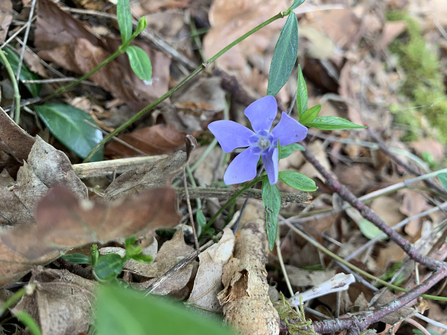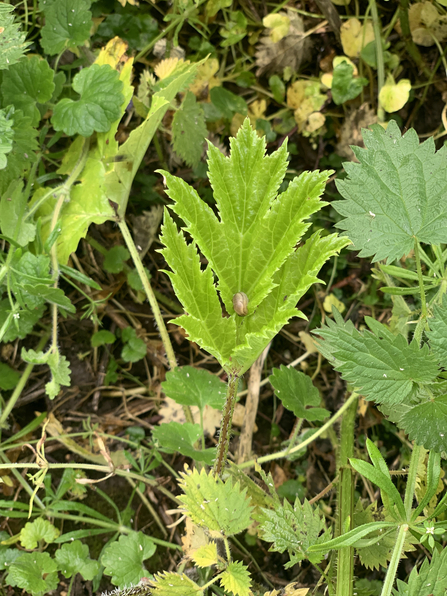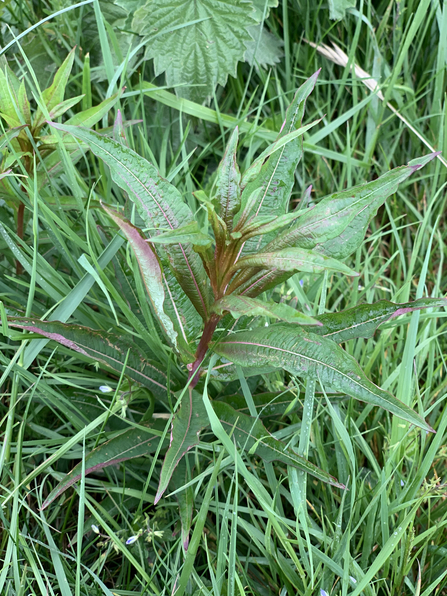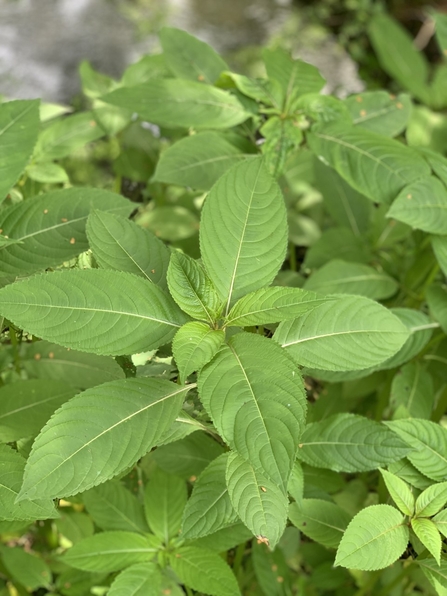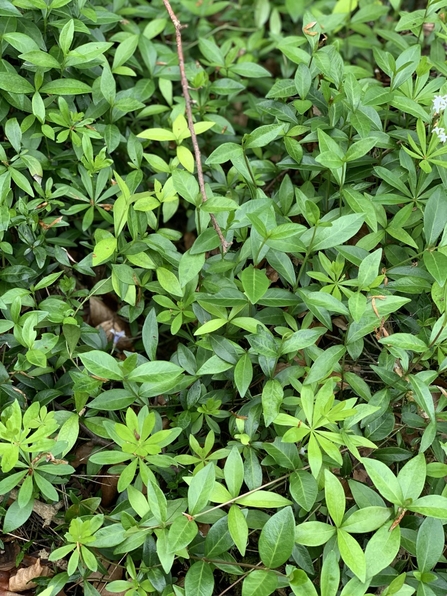May has been a month chock-full of invasive plant species control. Before starting the traineeship, I had heard of non-native invasive species such as giant hogweed, Himalayan balsam and Japanese Knotweed, but I hadn’t realised our own native species could become invasive and pose a threat to our wonderful habitats!
Invasive plant species are species that has been transported from their normal range and have a negative impact on other organisms or environments. They can cause significant financial and ecological damage and cause biodiversity loss; they can even have a negative impact on our health.


